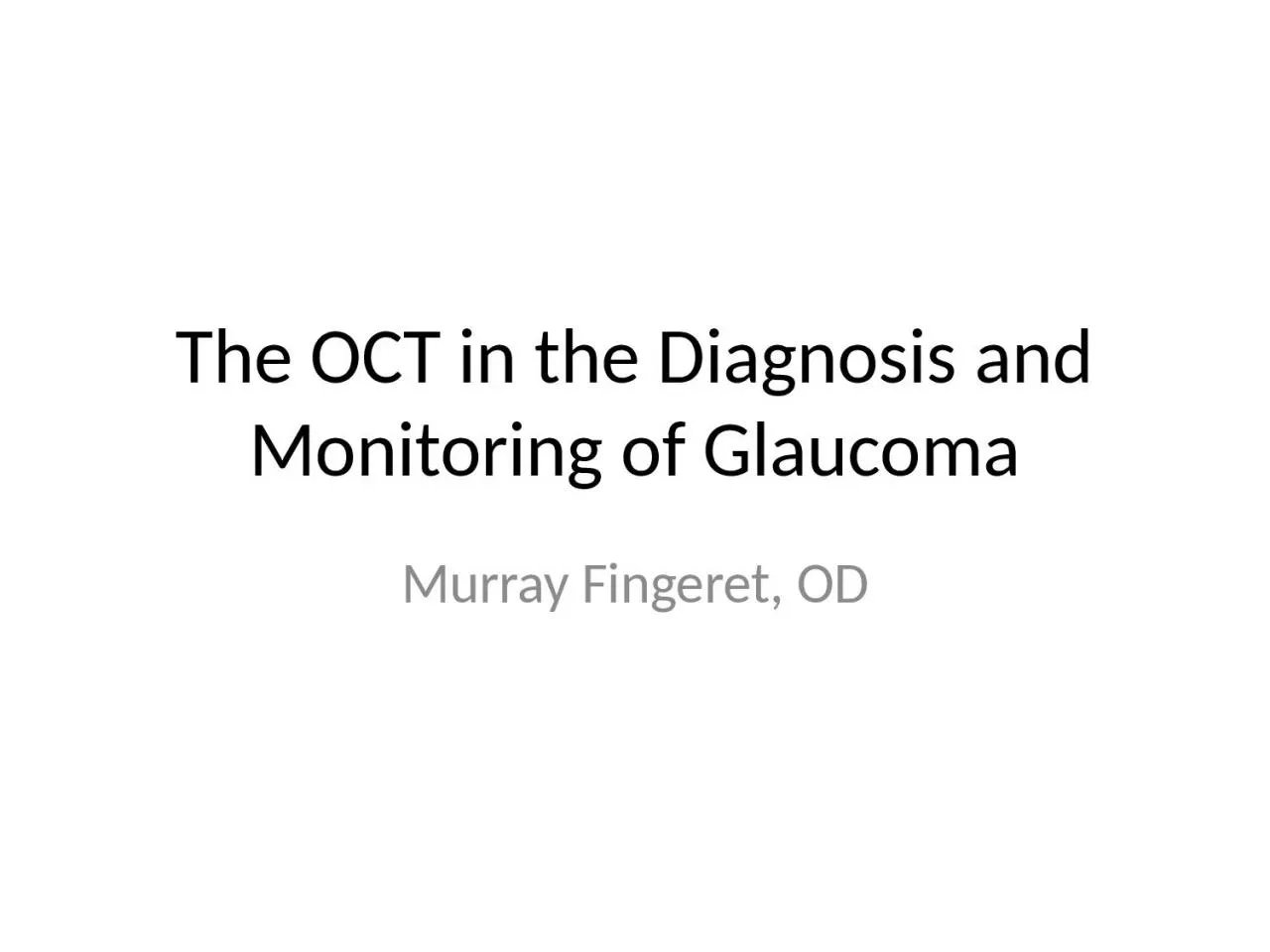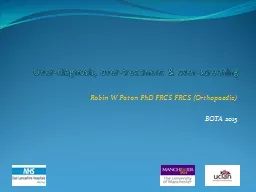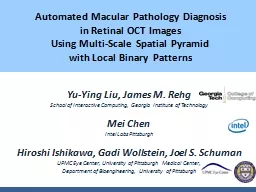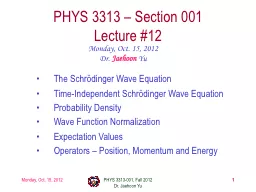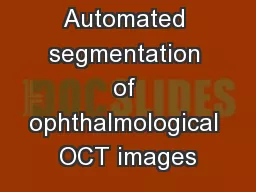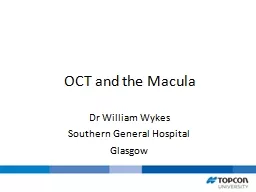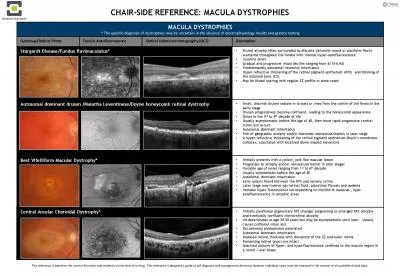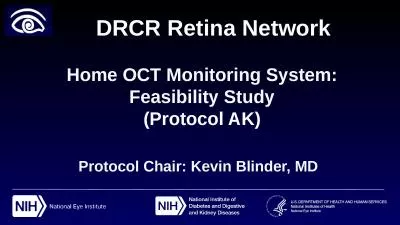PPT-The OCT in the Diagnosis
Author : SimplySweet | Published Date : 2022-08-04
and Monitoring of Glaucoma Murray Fingeret OD Disclosures Consultant Alcon Aerie Allergan B amp L Carl Zeiss Meditec Heidelberg Engineering Topcon OCT in
Presentation Embed Code
Download Presentation
Download Presentation The PPT/PDF document "The OCT in the Diagnosis" is the property of its rightful owner. Permission is granted to download and print the materials on this website for personal, non-commercial use only, and to display it on your personal computer provided you do not modify the materials and that you retain all copyright notices contained in the materials. By downloading content from our website, you accept the terms of this agreement.
The OCT in the Diagnosis: Transcript
Download Rules Of Document
"The OCT in the Diagnosis"The content belongs to its owner. You may download and print it for personal use, without modification, and keep all copyright notices. By downloading, you agree to these terms.
Related Documents

